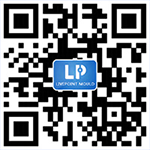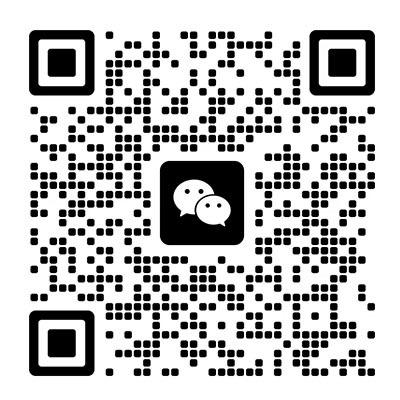Performance testing of auto parts
2023-02-02 10:22
1. Engine cylinder sealing test
There are seven factors that affect the sealing of the cylinder, mainly including cylinder wear, piston ring damage, piston wear, valve seat damage, valve guide wear, cylinder gasket damage, and valve clearance.
What are the commonly used diagnostic methods? There are mainly measurement of cylinder pressure, crankcase blow-by, cylinder leakage and leakage rate, intake pipe vacuum, cylinder piston group due to excessive wear and vibration measurement of abnormal noise caused by excessive wear, crankshaft The wear metal in the box is a measure of the particle content.
For the measurement of cylinder compression pressure, it is mainly the pressure at the end of compression of a four-stroke engine. Due to the pressure of the cylinder, the viscosity of the engine oil and the cooperation of the cylinder piston group, whether the adjustment of the valve mechanism is correct, the sealing of the cylinder gasket and other factors, when measuring the pressure of the engine cylinder, the cylinder piston group can be diagnosed If the sealing condition of the piston ring, valve and cylinder gasket is good, then the clearance of the valve must be appropriate.
Two, muffler firmness test
The muffler is composed of an outer cylinder and an inner honeycomb part. The two parts are combined by mechanical buckle technology due to the special environment such as high temperature and vibration. We know that the quality of this process depends on the precision of the design. If the combination is not strong, it will loosen or fall off due to high temperature, vibration and other factors during the use of the car. But what makes us rest assured is that the relevant quality first department has put forward quite strict requirements on this technical aspect.
For the actual detection method, the detection tools in the industry use universal material testing machines, and use pressure-resistant disc fixtures to subject the two components of the muffler to the upper and lower relative shear forces. The repeatability error of the measured results should be less than 5%.
3. Interior inspection
The interior includes seat forming materials, interior box decoration materials and adhesives for bonding. Mainly test its safety: 1. Gas harmfulness 2. Flame retardancy.
related news










